Focus on Cost Reduction
Cost reduction remains a primary driver for the iot in-warehouse market in Germany. Companies are actively seeking ways to minimize operational expenses while maximizing productivity. The adoption of IoT technologies facilitates this goal by providing insights into resource utilization and operational inefficiencies. For example, IoT-enabled systems can monitor energy consumption and equipment performance, allowing businesses to identify areas for cost savings. Reports suggest that organizations implementing IoT solutions can achieve cost reductions of up to 15%. As the competitive landscape intensifies, the focus on cost efficiency is likely to drive further investments in IoT technologies within the warehouse sector. This emphasis on cost reduction is expected to significantly influence the growth trajectory of the iot in-warehouse market.
Growing E-commerce Sector
The rapid expansion of the e-commerce sector in Germany is significantly impacting the iot in-warehouse market. As online shopping continues to gain traction, warehouses are under pressure to enhance their logistics and fulfillment capabilities. IoT technologies play a crucial role in this transformation by enabling real-time tracking of shipments, automated inventory management, and improved order processing. Recent statistics indicate that e-commerce sales in Germany are projected to reach €100 billion by 2025, further driving the need for efficient warehouse operations. Consequently, businesses are increasingly investing in IoT solutions to meet the demands of the growing e-commerce market. This trend is likely to propel the iot in-warehouse market forward, as companies seek to optimize their supply chains and improve customer satisfaction.
Rising Demand for Efficiency
The IoT in-Warehouse Market in Germany is experiencing a notable surge in demand for operational efficiency. Companies are increasingly adopting IoT technologies to streamline their warehouse operations, thereby reducing costs and enhancing productivity. According to recent data, the integration of IoT solutions can lead to efficiency improvements of up to 30%. This trend is driven by the need for real-time inventory management and optimized supply chain processes. As businesses strive to remain competitive, the implementation of IoT systems is becoming essential. The ability to monitor assets and track inventory in real-time not only minimizes errors but also facilitates better decision-making. Consequently, the iot in-warehouse market is likely to expand as organizations seek to leverage these technologies to achieve higher operational efficiency.
Advancements in IoT Technology
Technological advancements are significantly influencing the iot in-warehouse market in Germany. Innovations in sensor technology, data analytics, and connectivity are enabling warehouses to adopt more sophisticated IoT solutions. For instance, the development of low-power wide-area networks (LPWAN) allows for better connectivity of devices over long distances, which is crucial for large warehouse operations. Furthermore, the integration of artificial intelligence (AI) with IoT systems enhances predictive analytics capabilities, allowing for improved inventory forecasting and demand planning. As these technologies evolve, they are expected to drive the growth of the iot in-warehouse market, with projections indicating a potential market size increase of 25% by 2027. This continuous evolution of technology is likely to create new opportunities for businesses to optimize their warehouse operations.
Regulatory Compliance and Standards
In Germany, regulatory compliance and adherence to industry standards are becoming increasingly critical for the iot in-warehouse market. The implementation of stringent regulations regarding data security and privacy necessitates that companies adopt IoT solutions that comply with these standards. This compliance not only protects sensitive information but also enhances customer trust. As a result, businesses are investing in IoT technologies that ensure data integrity and security, which is essential for maintaining competitive advantage. The market is likely to see a rise in demand for IoT solutions that are designed with compliance in mind, potentially leading to a market growth rate of 20% over the next few years. This focus on regulatory compliance is expected to shape the future landscape of the iot in-warehouse market.



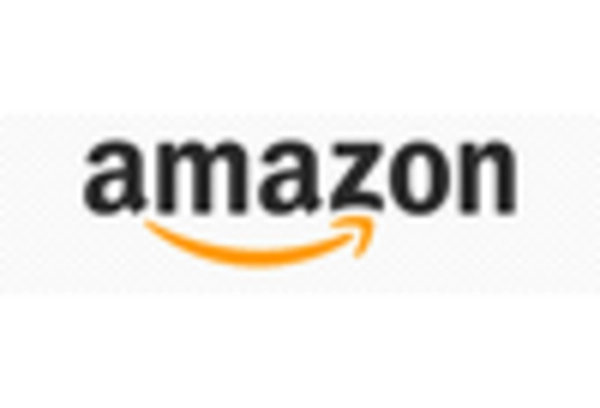
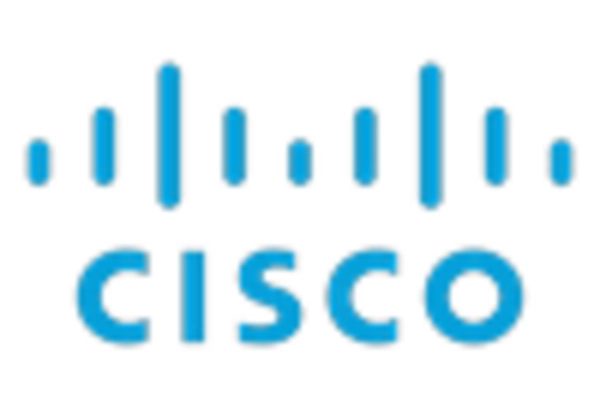
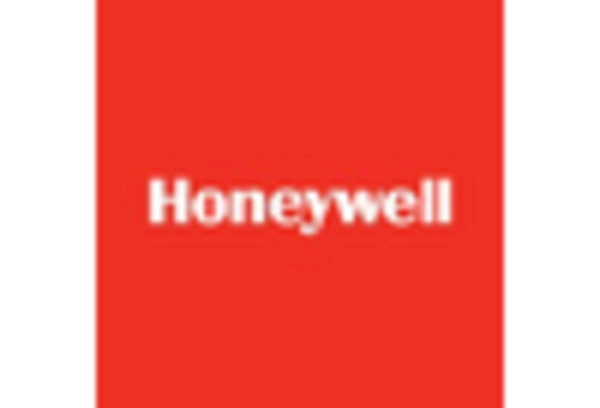
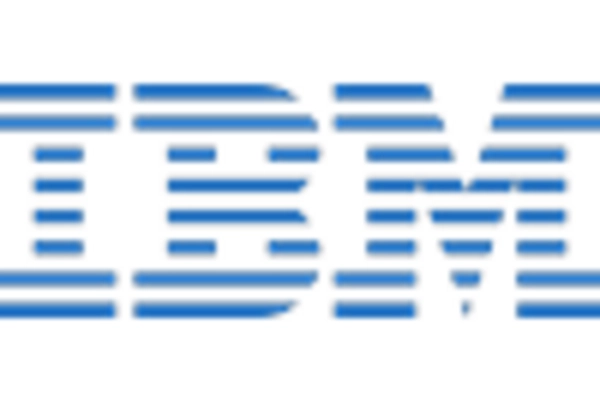
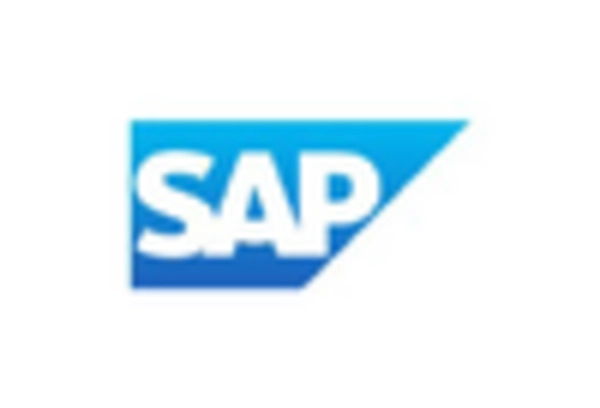









Leave a Comment